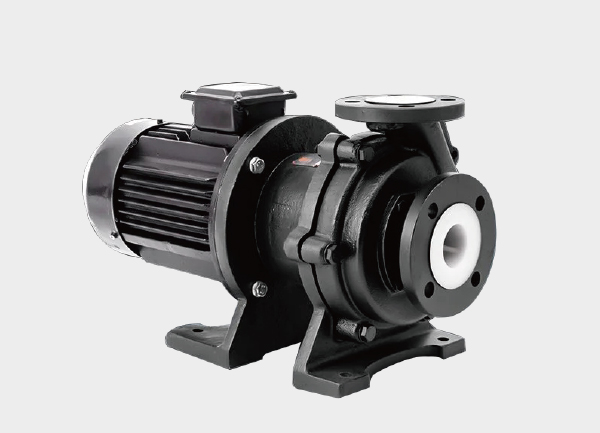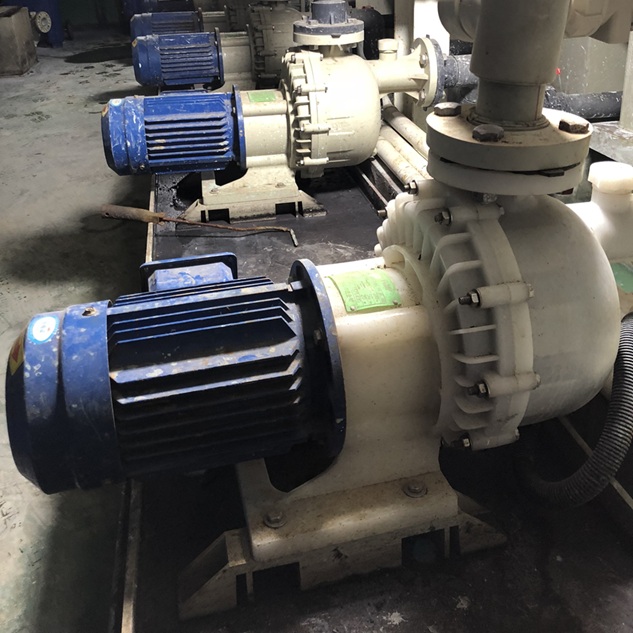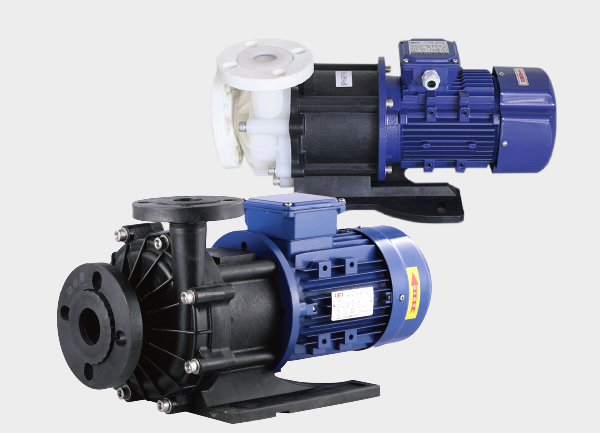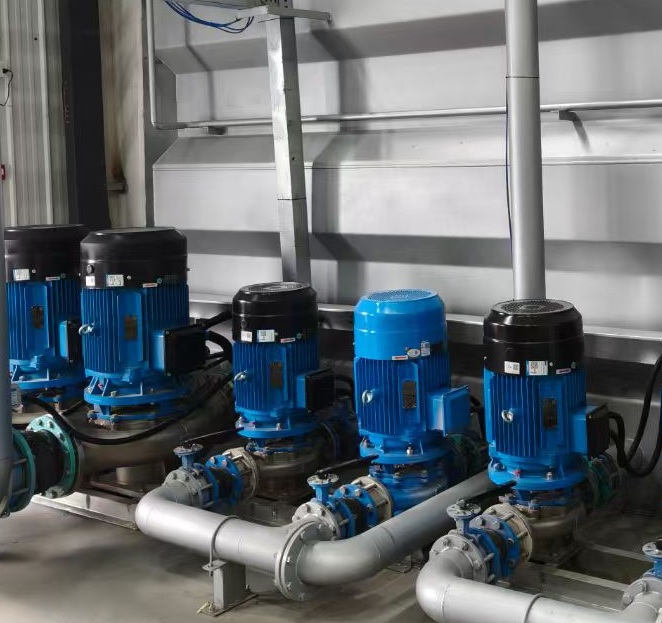Stainless steel centrifugal pumps and self-priming centrifugal pumps are not opposing categories — they are defined by different principles.
A stainless steel centrifugal pump is classified based on material (its flow-passing components are made of stainless steel).
A self-priming centrifugal pump is classified based on structure and function (it can automatically draw liquid without frequent priming).
These two categories often overlap, giving rise to stainless steel self-priming pumps, which combine both corrosion resistance and self-priming capability.
This guide explains their key differences, application scenarios, and step-by-step selection principles.
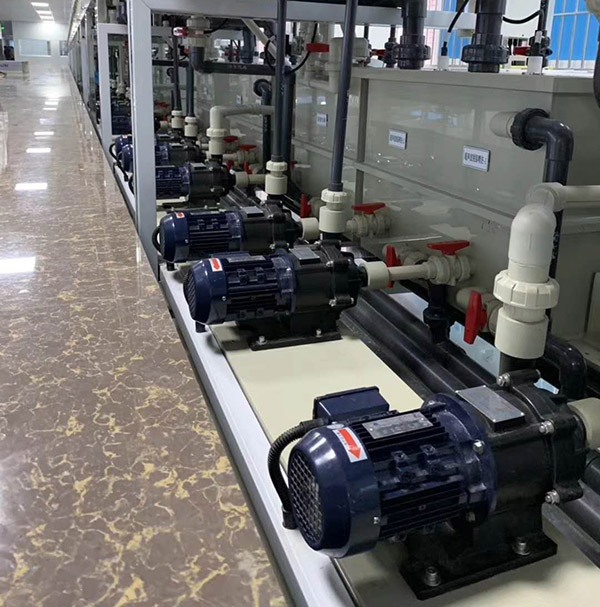
1. Core Differences: From Definition to Key Characteristics
1. Classification Logic
Stainless Steel Centrifugal Pump – Defined by material.
All wetted parts (pump body, impeller, casing) are made of stainless steel, commonly grades 304, 316, or 316L, with 316L offering superior corrosion resistance.
→ Material is the defining criterion.Self-Priming Centrifugal Pump – Defined by structure and functionality.
It features a gas-liquid separation chamber that enables self-priming — the ability to start without refilling the pump each time.
→ Function is the defining criterion (materials may vary: cast iron, stainless steel, or plastic).
2. Core Performance Features
Stainless Steel Centrifugal Pump:
Excellent corrosion resistance: Withstands acids, alkalis, salts, and solvents.
High hygiene: Smooth inner surface prevents contamination and buildup; ideal for food, beverage, and pharmaceutical industries.
Self-Priming Centrifugal Pump:
Built-in self-priming ability: Requires only initial priming (a small amount of liquid covering the impeller). Subsequent starts need no priming.
Special internal structure: Utilizes gas-liquid mixing and separation for air evacuation during startup.
3. Working Principle
Stainless Steel Centrifugal Pump:
Operates under the standard centrifugal principle — the impeller’s rotation generates centrifugal force, creating negative pressure to draw fluid in.
→ Must be fully filled with liquid before startup; air presence leads to air binding and failure to pump.Self-Priming Centrifugal Pump:
Uses a three-step gas-liquid cycle:Mixes residual liquid with incoming air to form a gas-liquid mixture.
The mixture enters the separation chamber — air is expelled, liquid returns to the impeller.
Repeats until suction line is air-free and filled with liquid, then operates as a normal centrifugal pump.
4. Startup Requirements
Stainless Steel Pump:
Requires full priming (pump casing and suction line completely filled with liquid) and air venting before start-up.First startup: Add a small amount of liquid (just enough to submerge the impeller).
Subsequent startups: No need for refilling; starts automatically.
Typical suction lift: ≤ 5–8 meters, limited by atmospheric pressure.
5. Material Range & Key Challenges
Stainless Steel Centrifugal Pump:
Material: Only stainless steel (304/316/316L).
Challenge: No self-priming ability; requires a foot valve or high-position liquid source.
Not ideal for high-solid or abrasive fluids (may cause wear).
Self-Priming Centrifugal Pump:
Material: Wide range — cast iron (for clean water), stainless steel (for corrosive liquids), plastic (for strong acids/alkalis).
Challenge: Limited suction height and lower efficiency (5–10% less than standard pumps).
Not suitable for high-viscosity (>100 cSt) or particle-laden liquids.
2. Typical Application Scenarios
Stainless Steel Centrifugal Pump – “For Corrosive or Hygienic Fluids”
Corrosive liquids: Chemical industry (acid, alkali, saline, solvent transfer), electroplating solution circulation, wastewater treatment.
Sanitary applications: Food & beverage (milk, juice, beer, etc.), pharmaceutical production (pure water, injection water, compliant with GMP).
Clean water & seawater: Aquaculture (saltwater circulation), boiler feed water (non-contaminating).
Self-Priming Centrifugal Pump – “For Non-Priming or Remote Applications”
No priming conditions: Emergency drainage (basements, roads, flood control), portable pumping (truck-mounted water pumps).
Low-level liquid extraction: Suction from tanks below pump level, marine ballast discharge.
Frequent start/stop use: Batch chemical dosing, domestic well water supply.
3. Combined Type: Stainless Steel Self-Priming Centrifugal Pump
The stainless steel self-priming centrifugal pump merges the best of both worlds —
material advantage (corrosion resistance, hygiene) + functional advantage (self-priming convenience).
Key features:
Resistant to corrosive and hygienic fluids.
Starts easily without constant refilling.
Typical applications:
Food factories handling acidic or fermenting liquids (juice, wine, etc.).
Chemical transfer from low-level tanks containing corrosive fluids (316L for strong corrosion, 304 for mild corrosion).
4. Pump Selection Guide: Three-Step Decision Framework
Step 1 – Identify Material Requirements
If the medium is corrosive, acidic, or food-grade, prioritize stainless steel (304/316/316L).
If it’s non-corrosive water or wastewater, material can be flexible (e.g., cast iron).
Step 2 – Determine if Self-Priming is Needed
If there’s no high-level tank or no priming setup, choose a self-priming pump.
If the pump is installed below the liquid level, a standard stainless steel centrifugal pump is sufficient.
Step 3 – Combine Requirements
If both corrosion resistance and self-priming are needed, select a stainless steel self-priming centrifugal pump,
and choose the appropriate grade:
304 stainless steel: Mildly corrosive liquids.
316L stainless steel: Strongly corrosive liquids (acids, seawater, solvents).
Summary
| Feature | Stainless Steel Centrifugal Pump | Self-Priming Centrifugal Pump |
|---|---|---|
| Classification Basis | Material (stainless steel) | Function (self-priming) |
| Core Strength | Corrosion resistance, hygiene | Easy startup, no pre-filling |
| Startup Requirement | Must be fully primed | Requires little or no priming |
| Typical Material | 304 / 316 / 316L | Cast iron, stainless steel, plastic |
| Key Limitation | No self-priming ability | Limited suction height, lower efficiency |
| Best for | Corrosive, hygienic fluids | Remote, outdoor, or mobile operations |



